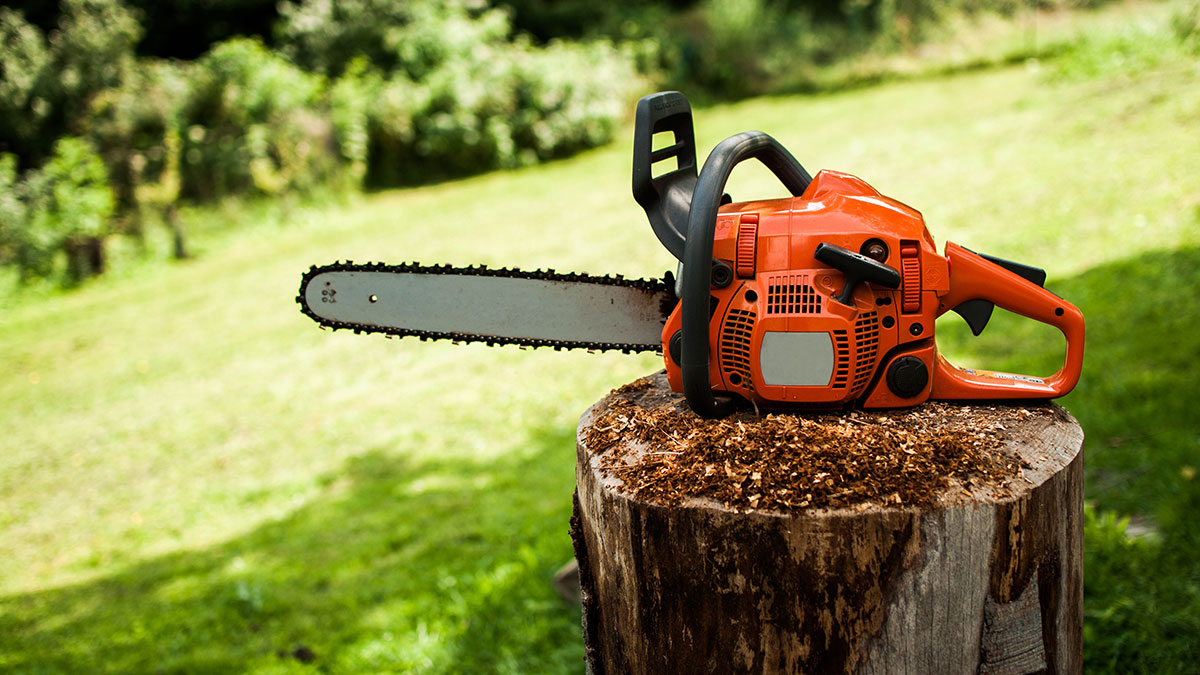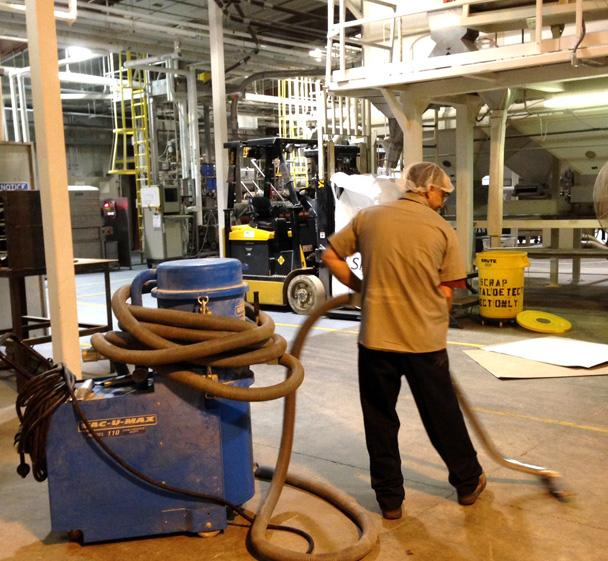Chain Saw Chain Safety Tips Every User Should Know

When it comes to power tools, few are as versatile and effective as the chainsaw. Widely used for tasks ranging from tree trimming to firewood cutting, chainsaws can greatly enhance productivity and efficiency in outdoor projects. However, this power comes with significant responsibility, as improper handling can lead to serious injuries or accidents. Understanding and implementing proper safety measures is essential for every chainsaw user, regardless of experience level. This article aims to provide crucial safety tips that will help users operate chainsaws with greater confidence and reduced risk. From the importance of personal protective equipment (PPE) to safe cutting techniques and maintenance practices, we will explore the key elements that contribute to a safer chainsaw operation. By adhering to these guidelines, users can protect themselves and those around them while maximizing the benefits of this powerful tool. Whether you are a seasoned professional or a novice user, equipping yourself with essential safety knowledge is the first step toward ensuring a secure and efficient experience in your cutting endeavors. Read on to discover the vital safety tips every chainsaw user should know to enhance their safety and effectiveness in the field.
Proper chain saw chain maintenance procedures are essential for safe operation and longevity.
Regular maintenance of the chain saw chain significantly enhances both the safety and efficiency of the tool. Ensuring the chain is properly tensioned prevents it from slipping during operation, reducing the risk of accidents. A well-maintained chain, which includes sharpening the teeth and lubricating the links, not only cuts more effectively but also minimizes wear on the chain and the guide bar. Neglecting these critical maintenance tasks can lead to increased friction, overheating, and premature chain failure, resulting in costly repairs and potential hazards.
In addition to enhancing performance, diligent maintenance of the chain saw chain extends the overall lifespan of the equipment. Routine inspections allow operators to identify signs of wear, such as damaged teeth or stretched links, which can be addressed before they escalate into more significant issues. Keeping the chain clean and free of debris ensures optimal operation and reduces the likelihood of accidental kickback, a common danger when using chain saws. By adhering to these maintenance procedures, users can ensure that their chain saw chain operates safely and efficiently, promoting both user safety and equipment longevity.
Always wear protective gear when using a chain saw chain to prevent serious injuries.
Wearing appropriate protective gear is essential when operating a chain saw chain, as it serves as the first line of defense against serious injuries. High-quality gloves, cut-resistant chaps, and safety goggles are crucial for safeguarding against the potential hazards associated with chain saw operations. These items help protect the operator from flying debris, accidental contact with the chain, and other unforeseen dangers that can arise during use. Additionally, ear protection is advisable, as the noise produced by chain saws can exceed safe hearing levels, further contributing to an operator’s overall safety.
It is important to remember that even experienced users can face unexpected situations while operating a chain saw chain. By consistently donning protective gear, operators not only comply with safety regulations but also cultivate a culture of safety that prioritizes health and well-being. This proactive approach not only mitigates the risk of injury but also fosters confidence in one’s ability to handle the equipment safely, ultimately leading to a more efficient and secure working environment.
Understand chain saw chain tension adjustments to enhance safety and performance during use.
Proper tension adjustment of the chain saw chain is crucial for both safety and performance during operation. A chain that is too loose can disengage from the guide bar, posing a significant risk of injury or accidents. Conversely, an overly tight chain can lead to premature wear and tear on the motor, increased resistance during cutting, and potential chain breakage. Regularly checking and adjusting the tension ensures that the chain maintains optimal contact with the wood, allowing for efficient cutting while minimizing the risk of kickback or binding.
Additionally, understanding the manufacturer’s specifications for chain tension is essential. Each chain saw model may have distinct requirements, and adhering to these guidelines not only enhances the tool’s longevity but also improves cutting precision. Operators should routinely inspect the chain for signs of wear, ensuring that it remains sharp and properly lubricated. Frequent maintenance, including tension adjustments, contributes to a smoother operation, allowing the user to focus on the task at hand with confidence and enhanced safety.
In conclusion, prioritizing safety while using a chainsaw is essential for both novice and experienced users alike. By adhering to the safety tips outlined in this article—such as wearing appropriate protective gear, maintaining a clear work area, and regularly inspecting the chainsaw for any wear and tear—you can significantly reduce the risk of accidents and injuries. Remember that proper training and awareness of your surroundings are just as crucial as the equipment itself. By cultivating a safety-first mindset, you can ensure a safer and more efficient chainsaw experience, allowing you to focus on the task at hand with confidence.
